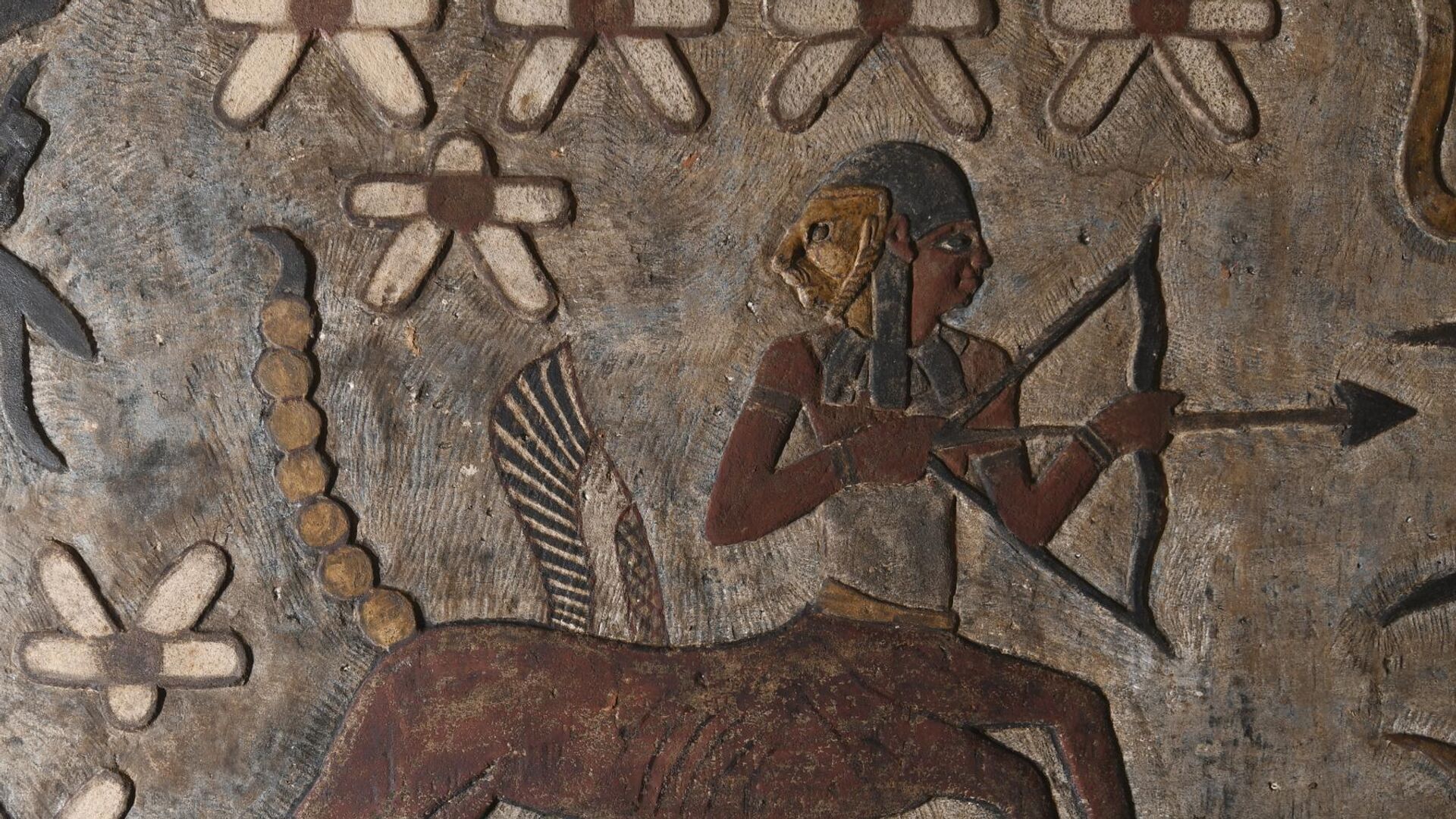Photos: Egyptologists Uncover Incredible Ancient Relief Paintings Showing Planets, Complete Zodiac
Subscribe
The ancient Egyptians practiced astronomy and mathematics with astonishing accuracy, mapping out their cities and monuments according to the motion of the stars. The link between the Earth and the heavens was key to their religion, but it also laid the foundation for several modern sciences.
An Egyptian-German research team has uncovered and restored a stunning set of relief paintings at the Temple of Khnum in Esna, Upper Egypt, that depict the 12 signs of the ancient Egyptian zodiac cycle.
While many cultures in ancient times developed a zodiac cycle, the concept did not enter Egyptian society until relatively late, when the river valley was conquered by Greeks and later Romans.
The temple in Esna was completed around 250 AD, but the part that remains today and in which the paintings were found was the vestibule to the temple, which would have been completed between 41 and 54 AD, when Claudius was the emperor of Rome.
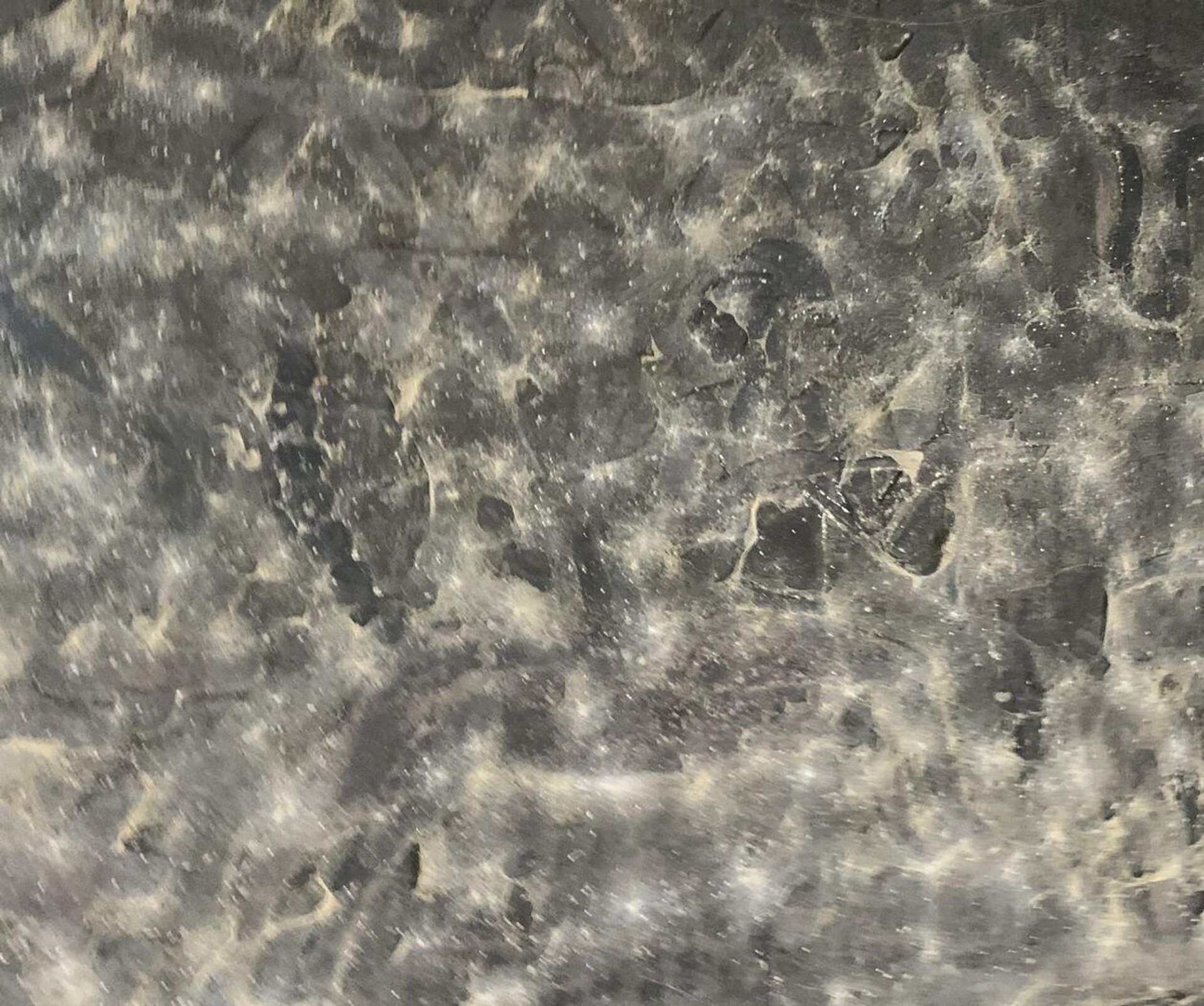
How a relief painting of Sagittarius appeared on the walls of the Temple of Khnum in Esna, Egypt, before the grime was cleared away
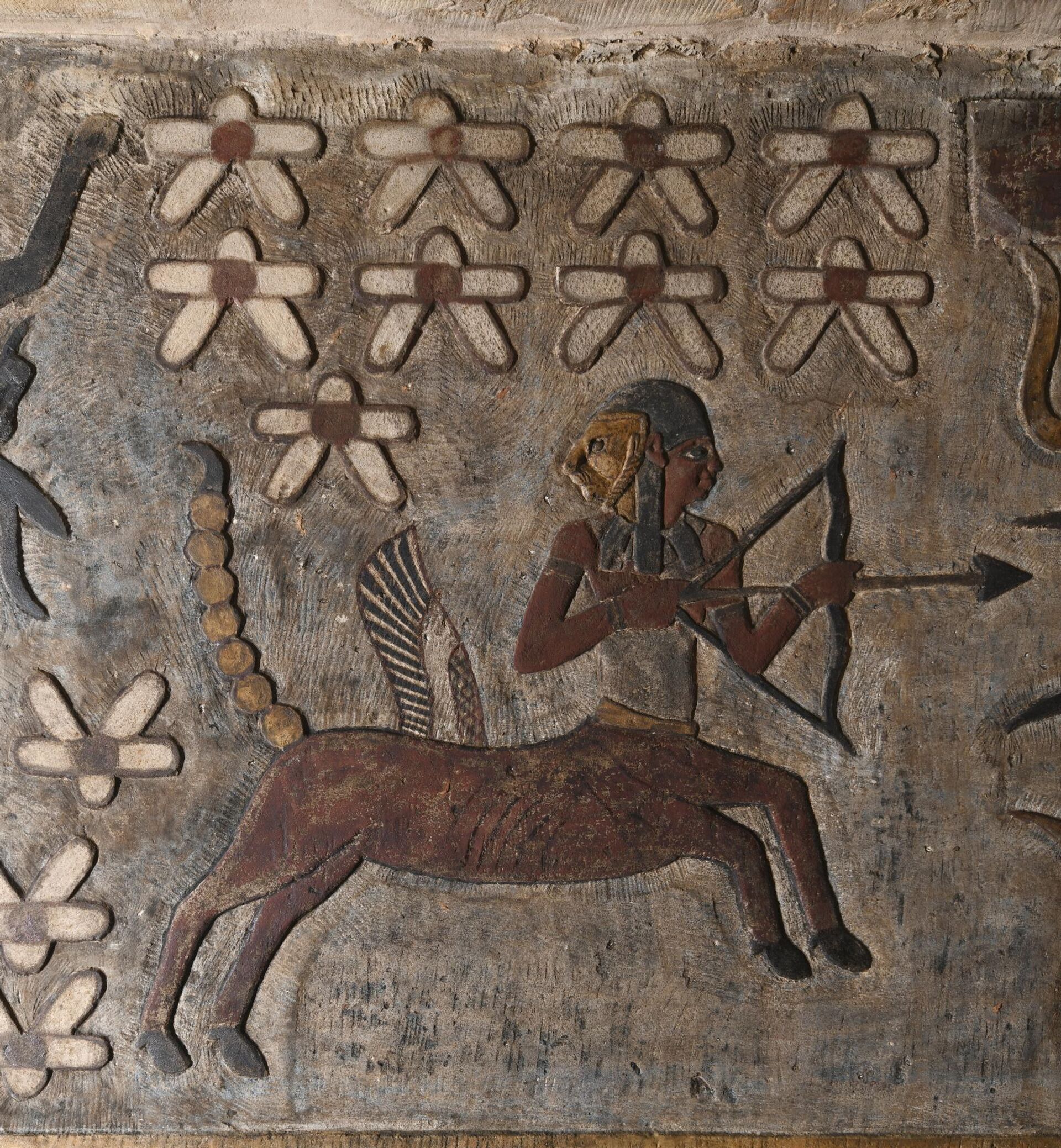
A relief painting of Sagittarius after the grime was cleaned off it. Temple of Khnum, Esna, Egypt.
"Representations of the zodiac are very rare in Egyptian temples," Christian Leitz, a professor at the University of Tübingen, said in a news release. "The zodiac itself is part of Babylonian astronomy and does not appear in Egypt until Ptolemaic times."
"The zodiac was used to decorate private tombs and sarcophagi and was of great importance in astrological texts, such as horoscopes found inscribed on pottery sherds," Dr. Daniel von Recklinghausen, a Tübingen researcher, also said in the release.
"However, it is rare in temple decoration: Apart from Esna, there are only two completely preserved versions left, both from Dendera.”
The paintings on the sandstone walls were covered and hidden by grime that had to be carefully removed. However, once cleaned, the incredible colorful frescoes became visible in all their glory.
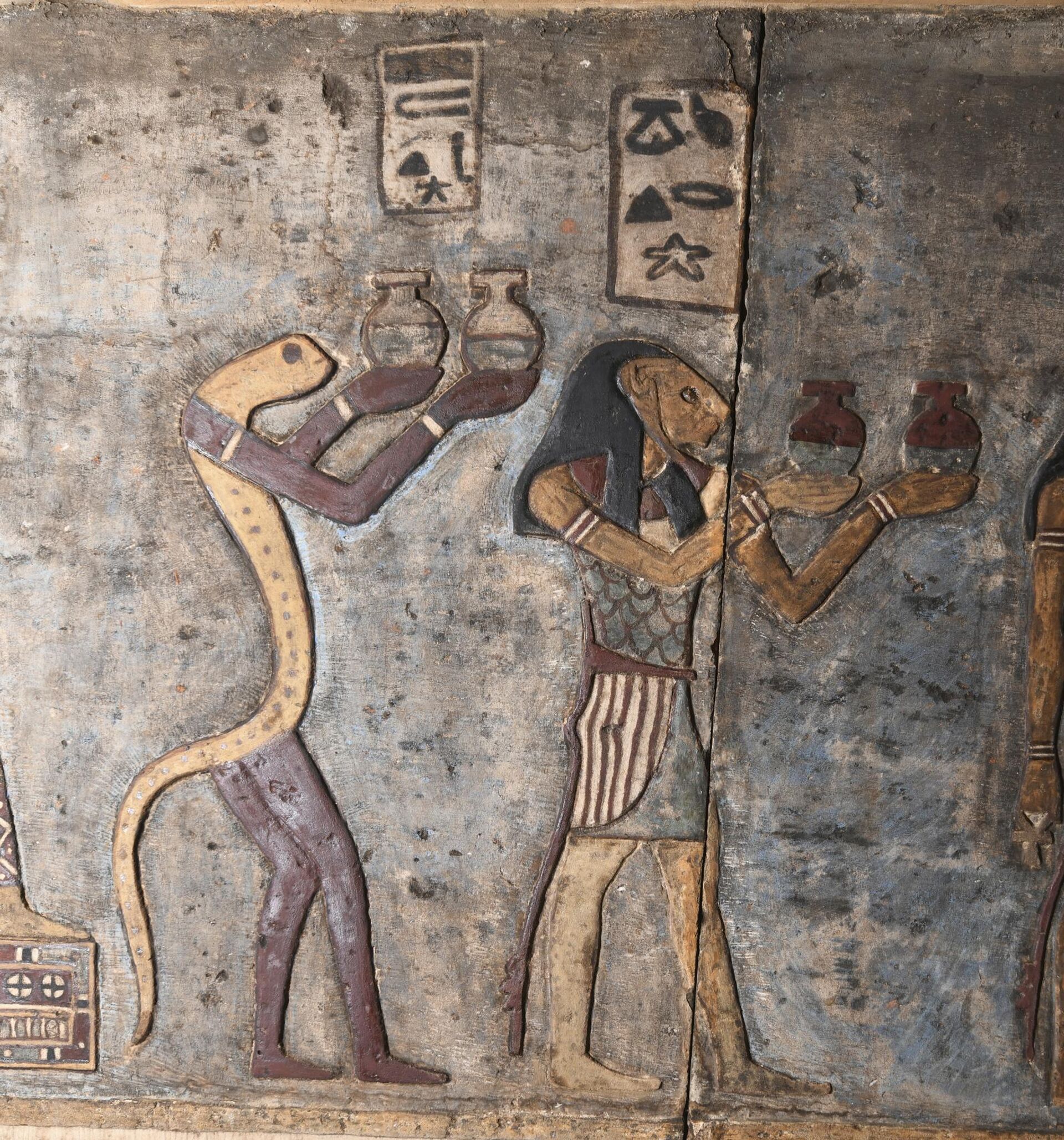
Representation of decans, zodiac signs used to measure the twelve hours of the night. Temple of Khnum, Esna, Egypt
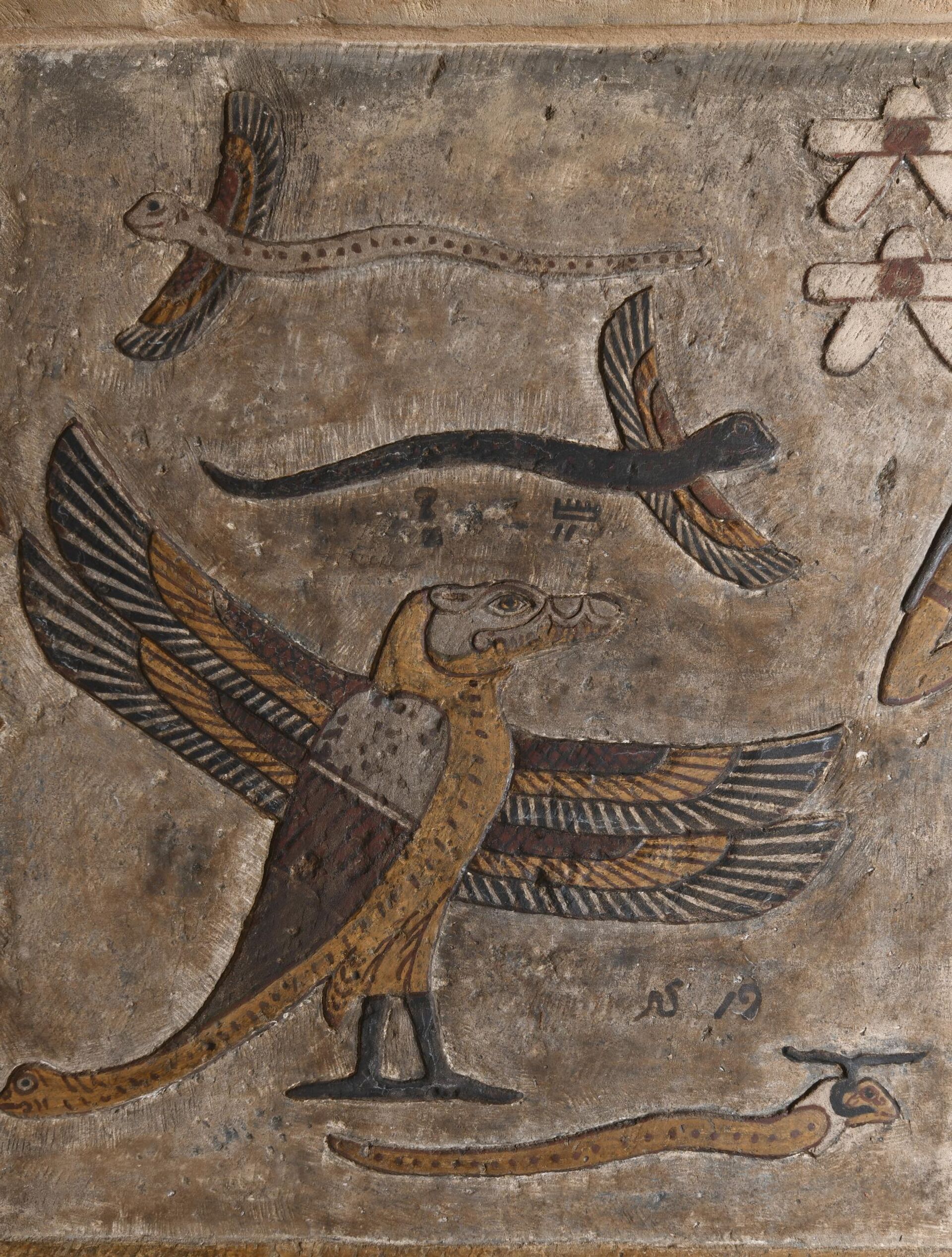
Depiction of winged snakes and an animal with bird, crocodile and snake features. Temple of Khnum, Esna, Egypt
Many of the zodiac signs are similar to those commonly referenced today by Westerners. However, other paintings also decorate the walls, including of the planets Mars, Jupiter and Saturn, which were known to the ancients, and the "seven arrows" of the lion-headed warrior goddess Sekhmet.
Other fantastic beasts are also present, including snakes with wings, a bird with the head of a crocodile and a snake for a tail, and a snake with the head of a ram.
The cleaning process began in 2018 and has still only cleaned eight of the 18 columns in the temple and two of the architraves, or lintels, supporting the massive ceiling. The work is slow-going, due to the delicateness of the paint dyes underneath.

